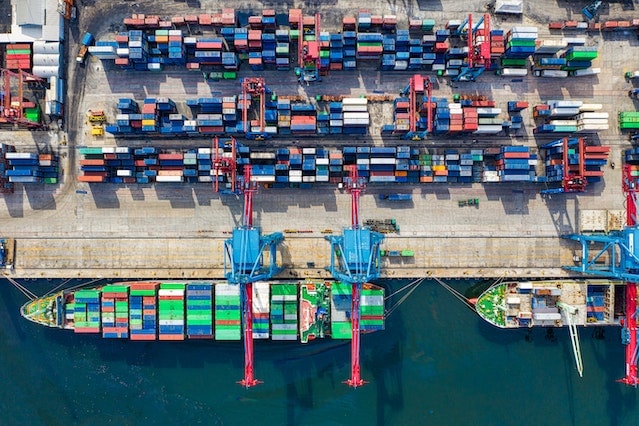How to Optimize Supply Chain Traceability


As an original equipment manufacturer (OEM), you control your processes and internal supply chain. However, you rely on suppliers for raw materials and often need to ensure transparency for your own buyers.
This is a risk vector you don’t have complete control over, which could cause issues for your business.
Supply chain traceability makes it possible for OEMs to track and trace the movement of products and parts throughout the supply chain. However, sometimes it’s hard to get full transparency at every stage — especially for OEMs.
In this guide, we’ll explain the basics of supply chain traceability for OEMs and share tips to optimize your supply chain traceability practices.
In this article:

Supply chain traceability tracks products and raw materials through the entire supply chain, from sourcing raw materials to selling goods to the end consumer. Implemented effectively, supply chain traceability ensures transparency, accountability, and quality control throughout your organization.
Supply chain traceability is essential for OEMs because it:

Implementing supply chain traceability streamlines your business and reduces waste. But even the most effective traceability practices need refining. Follow these expert tips to optimize your supply chain traceability.
One of the easiest ways to improve traceability is to use durable labels and tags for product identification. Apply labels to shipments, equipment, or raw materials to communicate essential details like:
MPC’s durable labels and tags resist moisture, high and low temperatures, and abrasions. Scannable barcodes and QR codes make it easy to retrieve information quickly, and human-readable labels also speed up your team’s workflows.
Traceability software is a must, especially for large OEMs. This software logs all component, inventory, employee, and supplier data in one platform. Advanced traceability systems leverage machine learning and AI to quickly identify issues and trends in less time, helping you run a safer and more efficient business.
You check the quality of your materials and products, but are you checking the quality of your traceability practices? Conducting regular audits of your supply chain practices identifies gaps and inefficiencies.
If you’re using traceability software, audit its effectiveness and how well it works with your traceability workflows. Don’t be afraid to adjust your processes or technology — change is essential to staying competitive.
All stakeholders, from suppliers to warehouse workers, need training on the importance of traceability. Regular training sessions equip your employees and external suppliers with the necessary skills to maintain traceability. Training also ensures fidelity of implementation, ensuring you see real value from your investment in traceability.
For a little more information on how supply chain traceability can benefit your business, check out the video below:
Supply chain traceability is essential for OEMs that want to get ahead in a competitive market. Whether it’s counterfeit products or customer demands for transparency, a robust traceability system is a must going forward.
Durable labels and tags allow OEMs to connect raw materials, parts, and components to digital traceability systems. MPC’s quality labels are designed to last in even the harshest environments for up to 20 years. See the MPC difference firsthand: order your free label and tag sample kit now.

Traceability benefits OEMs by:
Labels, tags, barcodes, and QR codes are essential to traceability. They enable OEMs to track physical products and equipment in advanced traceability software to optimize the supply chain.
Traceability is important for all industries, but it’s crucial for:
Our sales engineers are experts in automatic asset tracking, tagging and identification,a nd can answer all your questions. Get in touch now.
Lets Talk ›